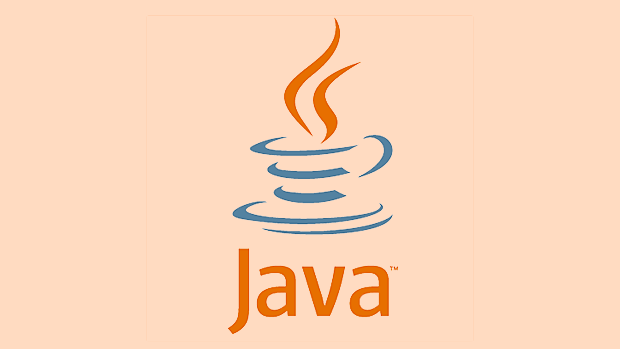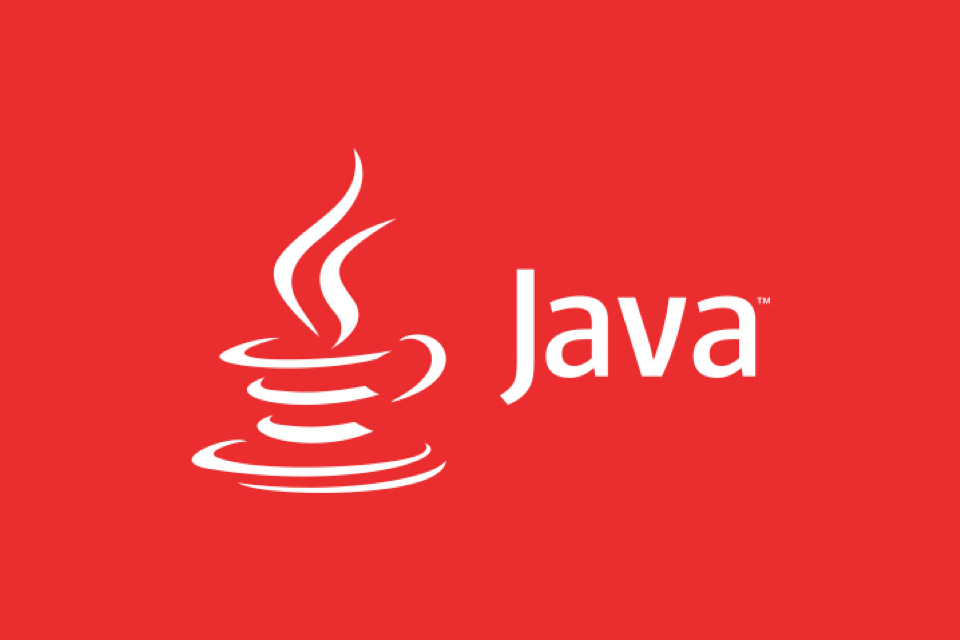There are two main ways to convert strings to integers in Java: use Integer.parseInt() or Integer.valueOf(). 1. Integer.parseInt() directly returns the int type, which is suitable for simple conversion, but cannot handle non-pure numeric strings or strings with decimal points, and the spaces before and after will be automatically ignored; 2. Integer.valueOf() returns an Integer object, suitable for scenarios where a wrapper class is required. It calls parseInt() internally, and the behavior is consistent. NumberFormatException will be thrown when the conversion fails, so it is recommended to use it with try-catch and verify the string format before conversion, such as removing commas or other non-numeric characters, or handling floating point numbers and positive and negative signs. In addition, for strings containing special formats such as millites, data must be cleaned first and then converted. Doing a good job of exception handling and input verification is the key to ensuring the stability of the program.

In Java, converting a string into an integer is a very common operation, such as when processing user input, parsing configuration files, or network data. The key is to make sure that the contents of the string are in a legal numeric format, otherwise an exception will be thrown.

Below are several methods and precautions you may use in actual development.
Use Integer.parseInt()
This is the most common and direct way:

String str = "123"; int num = Integer.parseInt(str);
Note:
- If the string is not a pure number, such as
"123abc"or"abc",NumberFormatExceptionwill be thrown. - If a string with a decimal point cannot be processed, such as
"123.45", an error will also be reported. - If there are spaces before and after the string, it will be automatically ignored, such as
" 123 "can still be converted to123normally.
Therefore, it is best to confirm whether the string complies with the specification before using it, or add try-catch to handle exceptions.

Use Integer.valueOf()
This method looks similar to the above, but returns an Integer object:
String str = "456"; Integer numObj = Integer.valueOf(str); int num = numObj; // Automatic unboxing
Features:
- In fact,
parseInt()is called internally, so it is essentially the same. - The returned object is suitable for where the package class is needed.
-
NumberFormatExceptionwill also be thrown.
If you only need the basic type int , then using parseInt() is more direct; if you need to use a collection class (such as List<Integer> ), then you have to use valueOf() .
Handle exceptions
The most common problem when the conversion fails is NumberFormatException . To avoid program crashes, it is usually done to add exception handling:
String str = "not a number";
int num;
try {
num = Integer.parseInt(str);
} catch (NumberFormatException e) {
System.out.println("Invalid number format");
num = 0; // Give a default value or do other processing}suggestion:
- When reading user input or external data sources, be sure to do exception capture.
- You can first determine whether the string is empty or contains only whitespace characters.
- If you allow floating point numbers to be rounded, you can consider first using
Double.parseDouble()to convert, and then force it to int.
Other situations and alternatives
Sometimes you may encounter some special situations:
- The string contains non-numeric characters, such as
"12,345"or"12 345". It cannot be directly transferred at this time, so it must be cleaned first. - Strings with positive and negative signs such as
" 123"or"-456"can be correctly identified. - If you want to write a simple conversion function yourself, you can also judge by character, but there is no need to repeat the wheel.
Simple cleaning example (remove commas):
String str = "12,345";
str = str.replace(",", "");
int num = Integer.parseInt(str); // Output 12345Basically that's it. The conversion itself is not complicated, but it is easy to make errors due to data format problems, so it is more important to handle checksum exceptions well.
The above is the detailed content of Java convert String to int. For more information, please follow other related articles on the PHP Chinese website!

Hot AI Tools

Undress AI Tool
Undress images for free

Undresser.AI Undress
AI-powered app for creating realistic nude photos

AI Clothes Remover
Online AI tool for removing clothes from photos.

Clothoff.io
AI clothes remover

Video Face Swap
Swap faces in any video effortlessly with our completely free AI face swap tool!

Hot Article

Hot Tools

Notepad++7.3.1
Easy-to-use and free code editor

SublimeText3 Chinese version
Chinese version, very easy to use

Zend Studio 13.0.1
Powerful PHP integrated development environment

Dreamweaver CS6
Visual web development tools

SublimeText3 Mac version
God-level code editing software (SublimeText3)

Hot Topics
 How to iterate over a Map in Java?
Jul 13, 2025 am 02:54 AM
How to iterate over a Map in Java?
Jul 13, 2025 am 02:54 AM
There are three common methods to traverse Map in Java: 1. Use entrySet to obtain keys and values at the same time, which is suitable for most scenarios; 2. Use keySet or values to traverse keys or values respectively; 3. Use Java8's forEach to simplify the code structure. entrySet returns a Set set containing all key-value pairs, and each loop gets the Map.Entry object, suitable for frequent access to keys and values; if only keys or values are required, you can call keySet() or values() respectively, or you can get the value through map.get(key) when traversing the keys; Java 8 can use forEach((key,value)->
 Java Optional example
Jul 12, 2025 am 02:55 AM
Java Optional example
Jul 12, 2025 am 02:55 AM
Optional can clearly express intentions and reduce code noise for null judgments. 1. Optional.ofNullable is a common way to deal with null objects. For example, when taking values ??from maps, orElse can be used to provide default values, so that the logic is clearer and concise; 2. Use chain calls maps to achieve nested values ??to safely avoid NPE, and automatically terminate if any link is null and return the default value; 3. Filter can be used for conditional filtering, and subsequent operations will continue to be performed only if the conditions are met, otherwise it will jump directly to orElse, which is suitable for lightweight business judgment; 4. It is not recommended to overuse Optional, such as basic types or simple logic, which will increase complexity, and some scenarios will directly return to nu.
 How to fix java.io.NotSerializableException?
Jul 12, 2025 am 03:07 AM
How to fix java.io.NotSerializableException?
Jul 12, 2025 am 03:07 AM
The core workaround for encountering java.io.NotSerializableException is to ensure that all classes that need to be serialized implement the Serializable interface and check the serialization support of nested objects. 1. Add implementsSerializable to the main class; 2. Ensure that the corresponding classes of custom fields in the class also implement Serializable; 3. Use transient to mark fields that do not need to be serialized; 4. Check the non-serialized types in collections or nested objects; 5. Check which class does not implement the interface; 6. Consider replacement design for classes that cannot be modified, such as saving key data or using serializable intermediate structures; 7. Consider modifying
 Comparable vs Comparator in Java
Jul 13, 2025 am 02:31 AM
Comparable vs Comparator in Java
Jul 13, 2025 am 02:31 AM
In Java, Comparable is used to define default sorting rules internally, and Comparator is used to define multiple sorting logic externally. 1.Comparable is an interface implemented by the class itself. It defines the natural order by rewriting the compareTo() method. It is suitable for classes with fixed and most commonly used sorting methods, such as String or Integer. 2. Comparator is an externally defined functional interface, implemented through the compare() method, suitable for situations where multiple sorting methods are required for the same class, the class source code cannot be modified, or the sorting logic is often changed. The difference between the two is that Comparable can only define a sorting logic and needs to modify the class itself, while Compar
 Java method references explained
Jul 12, 2025 am 02:59 AM
Java method references explained
Jul 12, 2025 am 02:59 AM
Method reference is a way to simplify the writing of Lambda expressions in Java, making the code more concise. It is not a new syntax, but a shortcut to Lambda expressions introduced by Java 8, suitable for the context of functional interfaces. The core is to use existing methods directly as implementations of functional interfaces. For example, System.out::println is equivalent to s->System.out.println(s). There are four main forms of method reference: 1. Static method reference (ClassName::staticMethodName); 2. Instance method reference (binding to a specific object, instance::methodName); 3.
 How to parse JSON in Java?
Jul 11, 2025 am 02:18 AM
How to parse JSON in Java?
Jul 11, 2025 am 02:18 AM
There are three common ways to parse JSON in Java: use Jackson, Gson, or org.json. 1. Jackson is suitable for most projects, with good performance and comprehensive functions, and supports conversion and annotation mapping between objects and JSON strings; 2. Gson is more suitable for Android projects or lightweight needs, and is simple to use but slightly inferior in handling complex structures and high-performance scenarios; 3.org.json is suitable for simple tasks or small scripts, and is not recommended for large projects because of its lack of flexibility and type safety. The choice should be decided based on actual needs.
 Outlook shortcut for new email
Jul 11, 2025 am 03:25 AM
Outlook shortcut for new email
Jul 11, 2025 am 03:25 AM
How to quickly create new emails in Outlook is as follows: 1. The desktop version uses the shortcut key Ctrl Shift M to directly pop up a new email window; 2. The web version can create new emails in one-click by creating a bookmark containing JavaScript (such as javascript:document.querySelector("divrole='button'").click()); 3. Use browser plug-ins (such as Vimium, CrxMouseGestures) to trigger the "New Mail" button; 4. Windows users can also select "New Mail" by right-clicking the Outlook icon of the taskbar
 How to handle character encoding issues in Java?
Jul 13, 2025 am 02:46 AM
How to handle character encoding issues in Java?
Jul 13, 2025 am 02:46 AM
To deal with character encoding problems in Java, the key is to clearly specify the encoding used at each step. 1. Always specify encoding when reading and writing text, use InputStreamReader and OutputStreamWriter and pass in an explicit character set to avoid relying on system default encoding. 2. Make sure both ends are consistent when processing strings on the network boundary, set the correct Content-Type header and explicitly specify the encoding with the library. 3. Use String.getBytes() and newString(byte[]) with caution, and always manually specify StandardCharsets.UTF_8 to avoid data corruption caused by platform differences. In short, by






